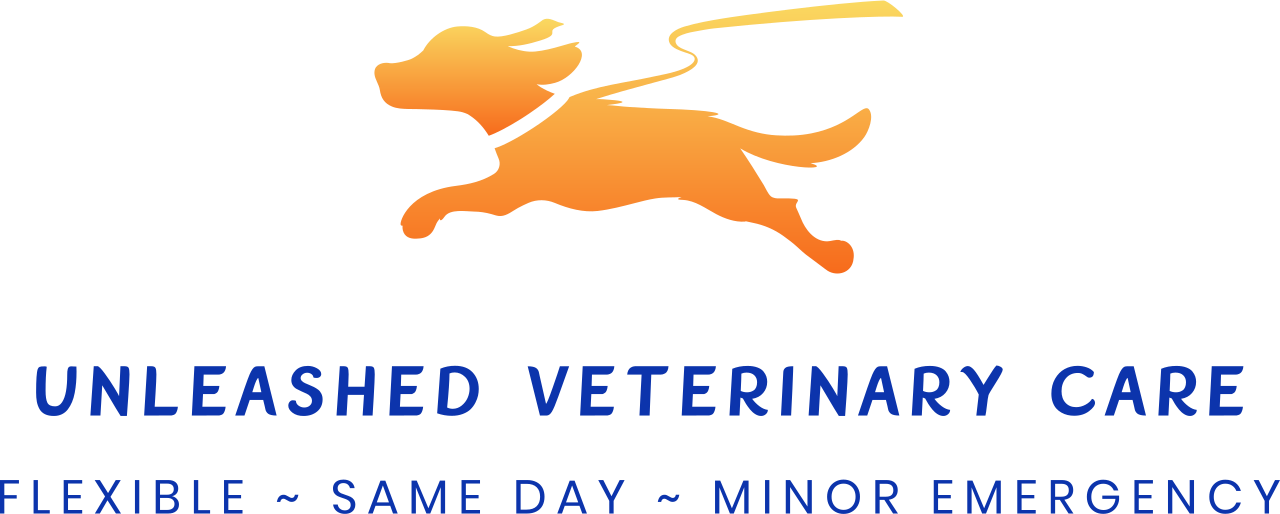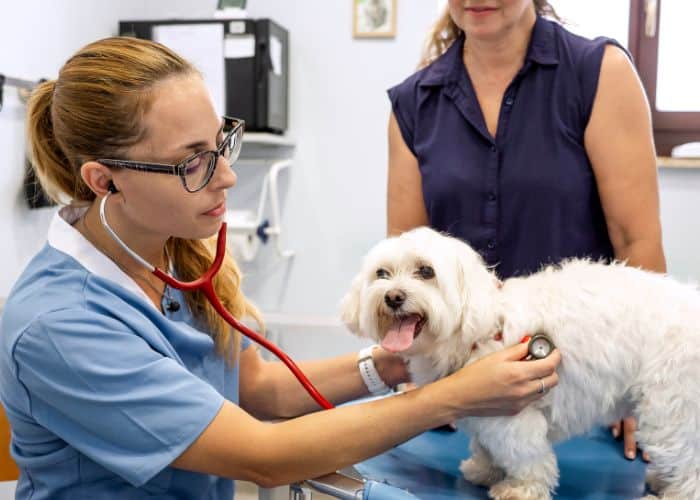When pets have ongoing digestive issues, trouble swallowing, or possible foreign objects in their stomach, endoscopy can be a game-changer. This minimally invasive procedure allows veterinarians to examine the esophagus, stomach, and intestines without the need for major surgery.
At Unleashed Veterinary Urgent Care, we use endoscopy to help diagnose and treat a variety of conditions—quickly and with less stress for your pet. Here’s what you need to know about this advanced diagnostic tool.
What is an Endoscopy?
An endoscopy involves inserting a thin, flexible tube with a small camera (an endoscope) into your pet’s mouth and down into their gastrointestinal (GI) tract. This allows us to:
📸 Get a close-up view of the esophagus, stomach, and intestines.
🔎 Check for ulcers, tumors, or inflammation that could be causing symptoms.
☠️ Drooling, chomping, or foaming at the mouth Remove foreign objects—like pieces of toys, fabric, or bones—without surgery
Since it’s non-surgical, endoscopy is safer and has a quicker recovery time than exploratory surgery.
When Does a Pet Need an Endoscopy?
Your veterinarian may recommend an endoscopy if your pet is experiencing:
🚑 Chronic vomiting or diarrhea – Persistent GI upset can be a sign of inflammation, ulcers, or disease.
🚑 Regurgitation or trouble swallowing – This can indicate a stricture, mass, or foreign object in the esophagus.
🚑 Suspected foreign body ingestion – If your pet swallowed something they shouldn’t have, an endoscopy may be able to remove it.
🚑 Weight loss or appetite changes – If your pet is losing weight or refusing food, an endoscopy can help identify the cause.
🚑 Bloody stool or vomit – Internal bleeding from ulcers or tumors can be diagnosed with an endoscopic exam.
What to Expect During Your Pet’s Endoscopy
If your pet needs an endoscopy at Unleashed Veterinary Urgent Care, here’s what happens:
🩺 Pre-procedure Exam & Fasting – If possible, your pet will need to fast for 12-24 hours to ensure a clear view of the GI tract.
💉 General Anesthesia – To keep them comfortable and still, your pet will be placed under anesthesia.
📸 The Endoscopic Exam – A flexible scope is carefully inserted through the mouth and guided into the digestive tract.
🩸 Biopsy or Foreign Object Removal – If needed, we may take small tissue samples for testing or retrieve an object.
⏳ Quick Recovery – Since no incisions are made, most pets wake up from anesthesia and go home the same day!
What Happens After an Endoscopy?
Most pets recover quickly from an endoscopy. After the procedure:
✔ Mild grogginess is normal from the anesthesia.
✔ Soft food or a bland diet may be recommended for a day or two.
✔ Results from biopsies (if taken) usually come back within a few days.
✔ If a foreign object was removed, we’ll discuss how to prevent future incidents.
Why Choose Endoscopy Over Surgery?
Endoscopy offers several advantages:
✅ Minimally invasive – No large incisions, less pain, and faster healing.
✅ Lower risk – Less stress on your pet’s body compared to exploratory surgery.
✅ Same-day procedure – Most pets go home the same day, avoiding lengthy hospital stays.
✅ Accurate diagnosis – Helps detect conditions like inflammatory bowel disease (IBD), cancer, or ulcers.
Need Advanced Diagnostics? We’re Here for You!
If your pet is showing signs of a GI issue or has swallowed something they shouldn’t have, Unleashed Veterinary Urgent Care is here to help. Our expert team can determine if an endoscopy is the right choice for your pet—providing fast answers and less invasive treatment options.
🏥 Call us or walk in—we’re ready when your pet needs us!

